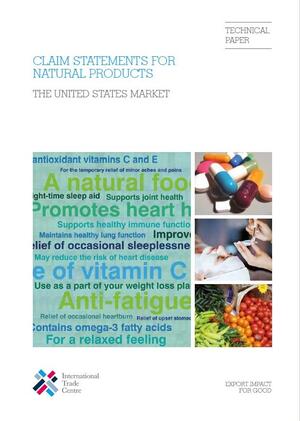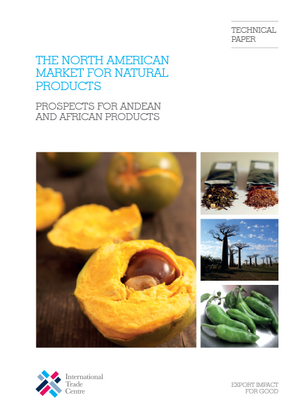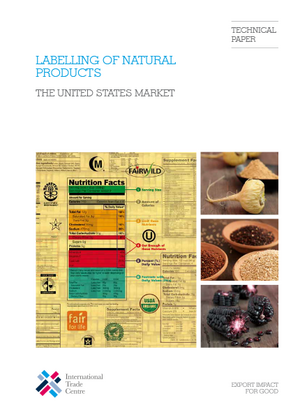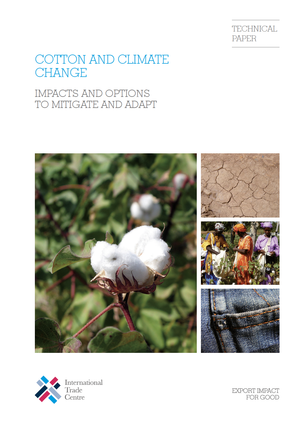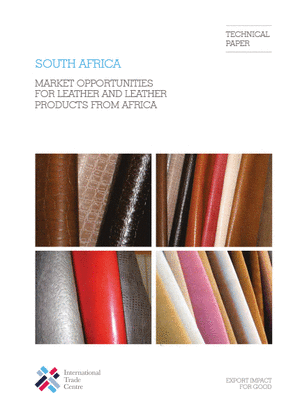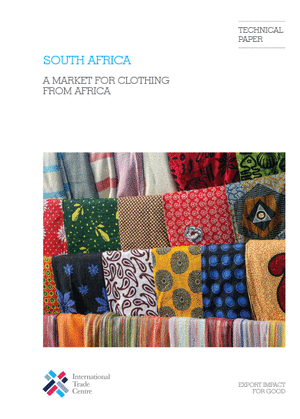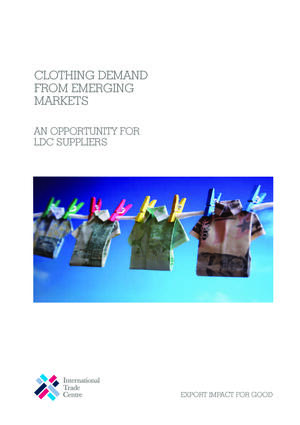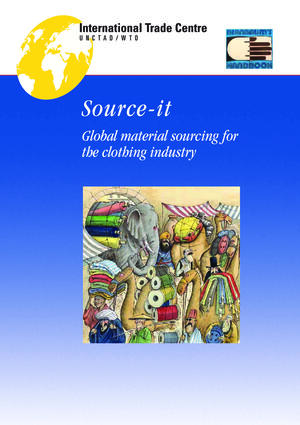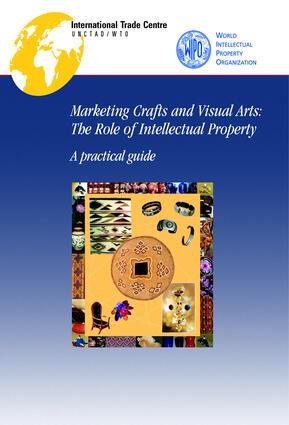Claim Statements for Natural Products: The United States Market
This paper describes in detail the types of claim statements permissible for dietary supplements and health food products, non-food cosmetic products, and over-the-counter drug products marketed in the United States. In the United States, regulations determine the statements that a company can...




